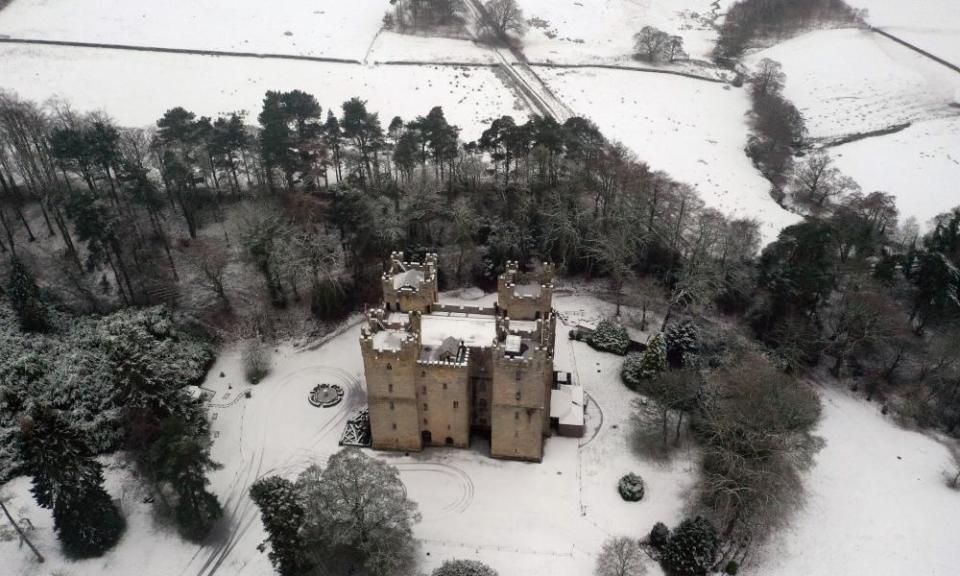Weatherwatch: how forecasts emerged in medieval times

Humans have talked about the weather for millennia, but it was not until August 1861 that daily weather forecasts became available, in the Times (of London). The pioneering meteorologist Robert FitzRoy ensured that the new forecasts used a scientific procedure and were based on reliable weather observations, using the new technology of the telegraph to gather data quickly. However, the origins of modern weather forecasting go back further.
Anne Lawrence-Mathers, a historian at the University of Reading, has shown that detailed weather observations and complex astronomical and mathematical calculations were occurring as early as the ninth century. Writing in the journal Weather, she documents how the Arab philosopher Al-Kindi put forward the idea that heat was the fundamental driving force for the weather, with heated air expanding into zones where cooler air had contracted, thereby determining the strength and direction of the wind.
Meanwhile, some of the earliest examples of weather observations have been found in the margins of a calendar from 1269/1270 belonging to English philosopher Roger Bacon. By the 14th century, weather observations were studied alongside planetary data to produce “rules” for weather forecasting. Weather prognostications (running years into the future) became popular by the 16th century and weather terminology, such as “overcast” and “unsettled”, entered everyday language around this time.

 Yahoo Finance
Yahoo Finance 